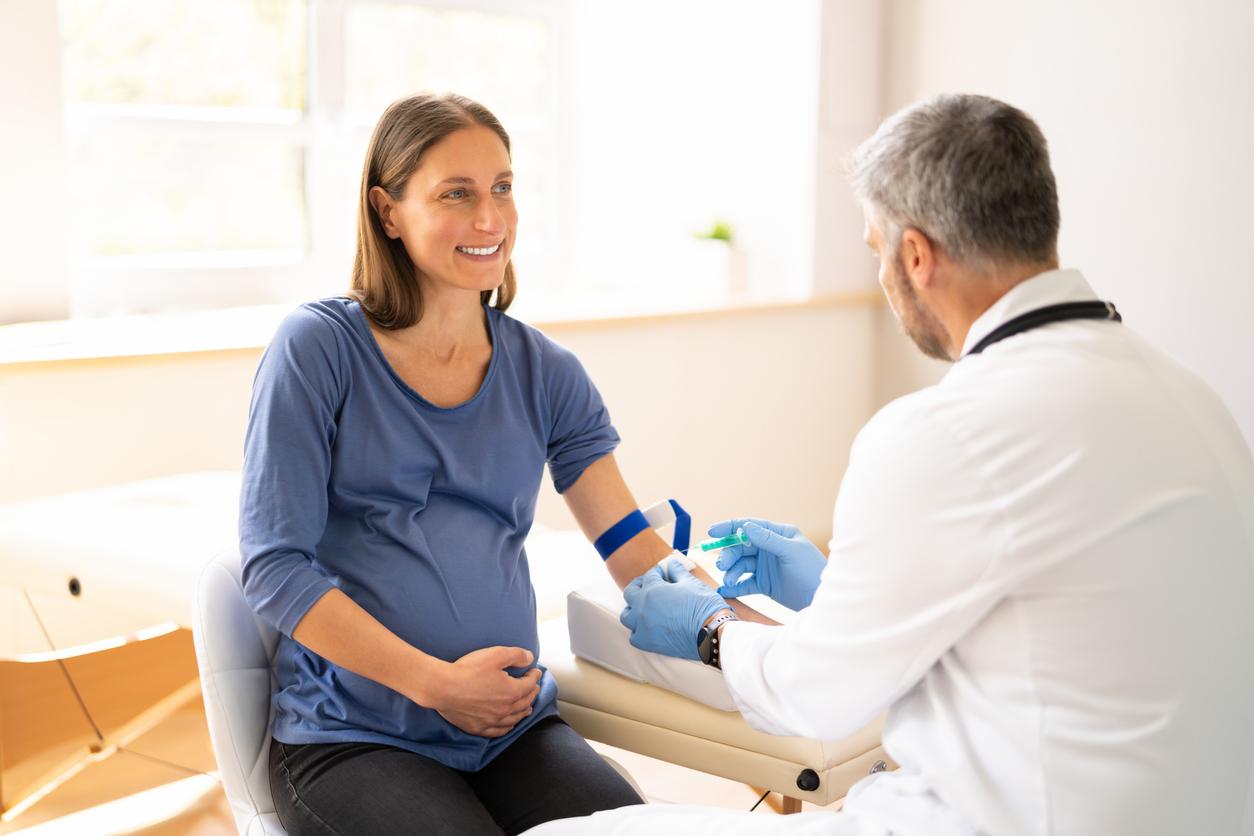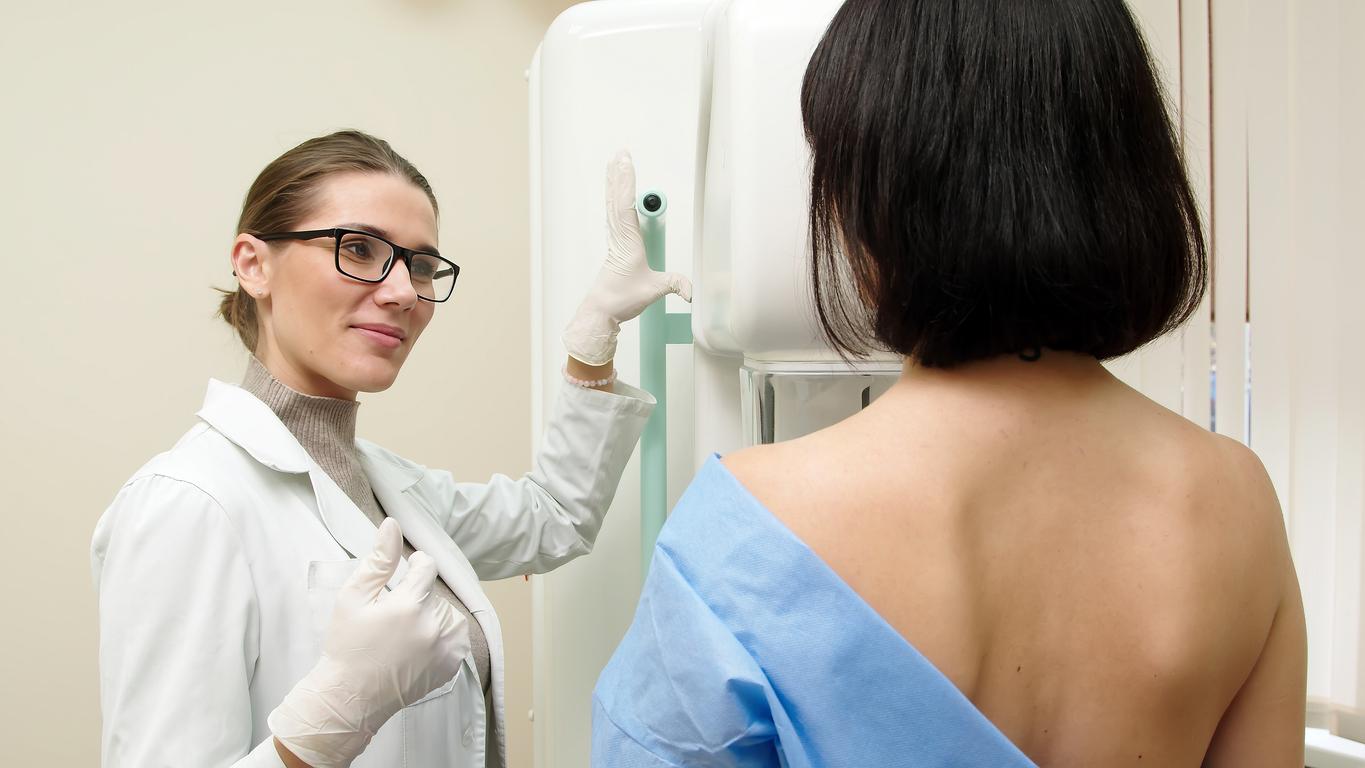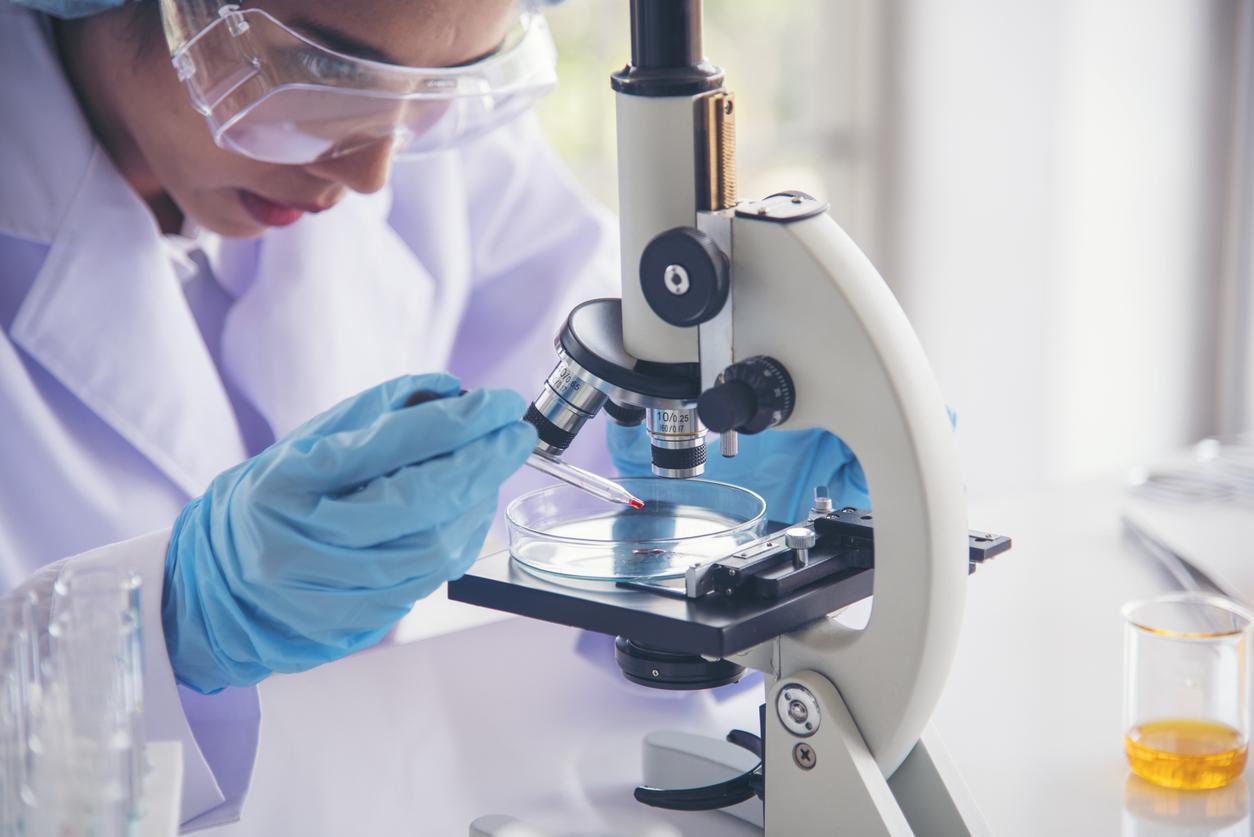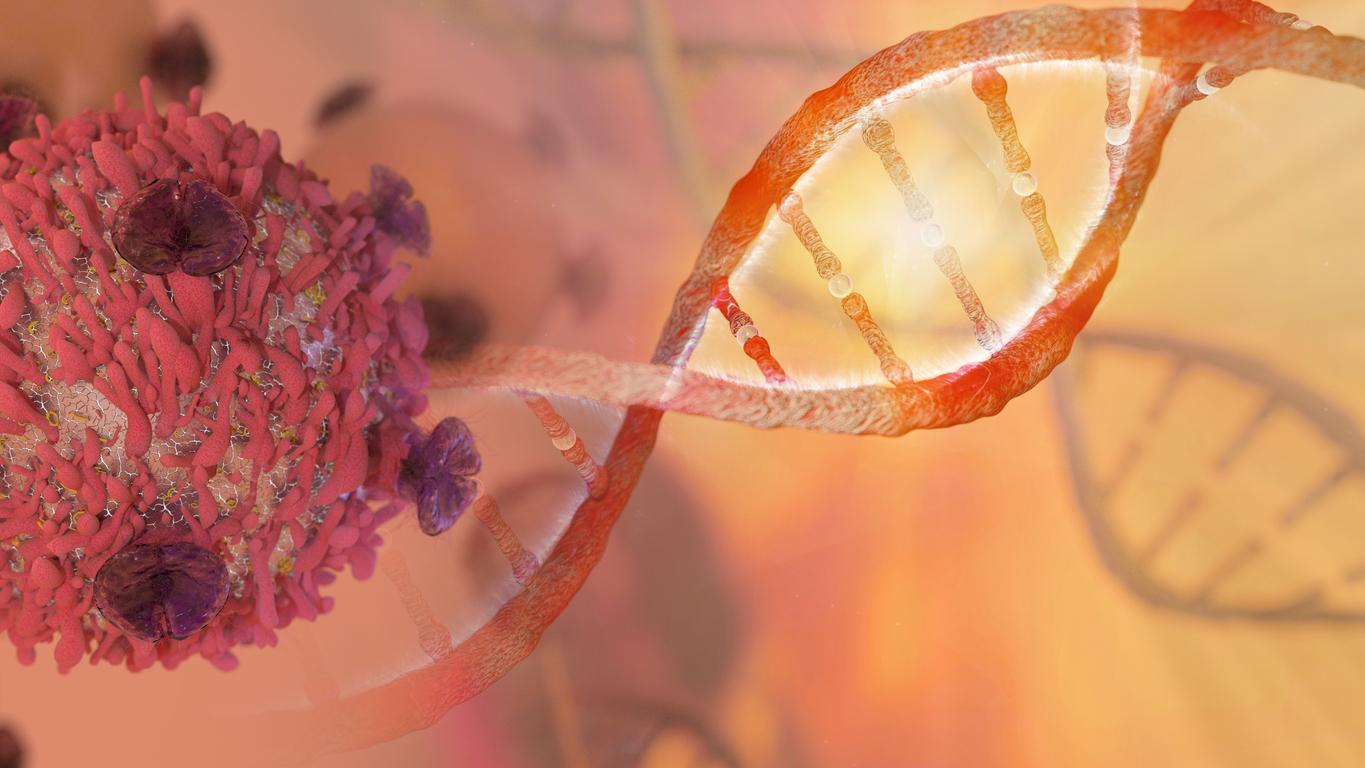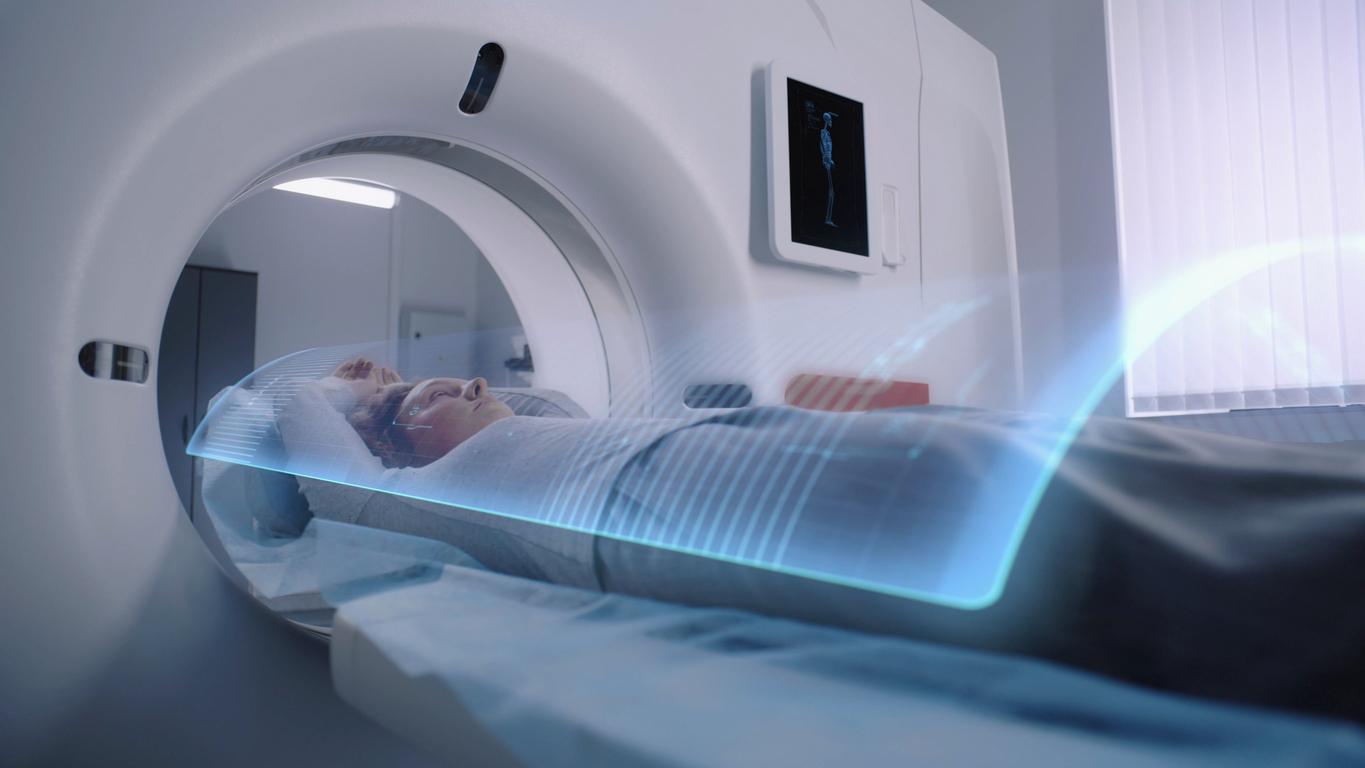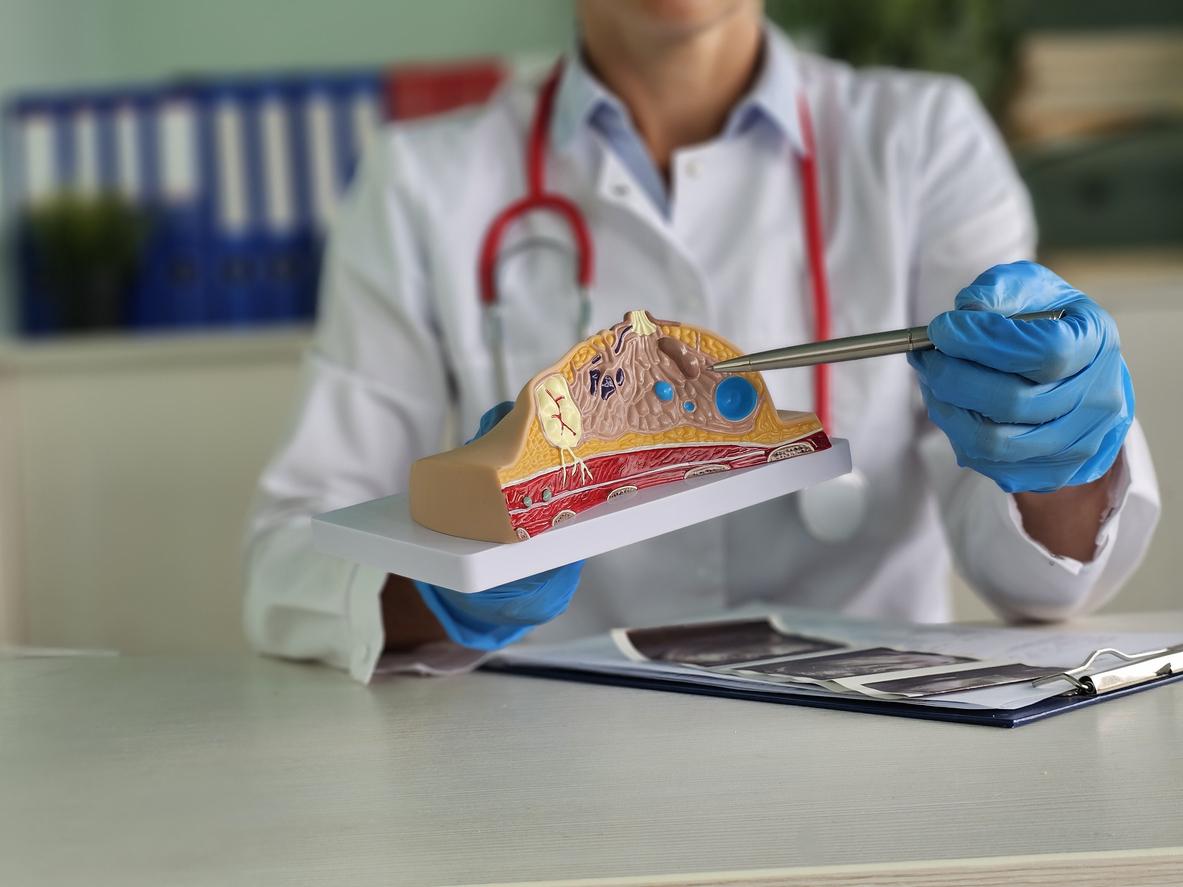Gene therapy, which consists of introducing genetic material to “correct” a patient’s cells, would make it possible to treat serious pathologies such as cancers or neurodegenerative diseases. The first results are very promising.

Fighting serious pathologies such as cystic fibrosis or certain cancers with genes, such is the ambition of gene therapy. A complex treatment based on a simple idea: repair damaged DNA using a healthy gene, a copy of the altered gene at the origin of the disease, which is introduced into the patient’s body. The cells can then produce the initially lacking protein.
Scientific Director of the AFM-Téléthon, Serge Braun follows these issues closely. Indeed, in France, gene therapy is funded and developed through the Telethon.
But the diseases targeted by gene therapy are not limited to rare diseases. “It also concerns infectious diseases such as AIDS or Covid, cardiovascular and neurological diseases, and cancers”, explains Serge Braun. Moreover, 60% of clinical trials concern the treatment of cancer.
Two main methods are possible to replace the defective gene. We can use a virus in which the researchers slip a piece of DNA which will enter the cell and deliver the fragment necessary for DNA repair. A more recent method aims to cut the damaged piece of DNA using molecular scissors, the “s famous CRISPR-Cas-9. To replace the altered gene, researchers can use the in vivo method, it that is to say directly injecting the functional genetic material, or else multiplying it beforehand in the laboratory, this is the ex-vivo method.
“Made in France” victories
It was in the 1960s that the first works were born, following the discoveries of James Watson and Francis Crick around the structure of DNA. The first clinical success will take place in France, in 2000. Immunology professor Alain Fischer and his Inserm team manage to treat four “baby bubbles” suffering from severe combined immunodeficiency linked to the X chromosome (DICS-X ). Indeed, these children were forced to live in a sterile environment, under penalty of dying of an infection. Via a viral vector of the retrovirus type, the team succeeded in inserting a healthy copy of the diseased gene into the organism of the children. The result of long French work… Among the first clinical trials carried out in the 1990s, a large number of programs were sponsored by France and financed by the Téléthon, particularly in the area of severe immunodeficiency.
More recently, in 2016, a 13-year-old boy with sickle cell disease was able to benefit from gene therapy in a phase I/II clinical trial conducted by doctors at Necker Hospital. A world first. The results confirm the effectiveness of the treatment, as highlighted in an article published in the New England Journal of Medicine in March 2017: complete remission of the clinical signs of the disease and correction of the biological signs.
Today Genethon and the French laboratory YposKesi, one of the largest in Europe, produce drugs for clinical trials.
Expensive treatments
The cost of these drugs is still very high. Thus, the one aimed at the famous “baby bubbles” is around 600,000 euros. To have access to the treatment of degeneration of sight leading to blindness, it takes 735,000 euros.
Last year, to treat their 9-month-old daughter suffering from spinal muscular atrophy, a Belgian couple had to turn to gene therapy through a drug available in the United States. Indeed, their daughter was born with this rare genetic disease causing muscle atrophy. Injection price: 1.9 million euros. The parents therefore launched an appeal for donations and the sum was able to be collected. “If in absolute value these drugs are very expensive, remember that a single injection may be enough, when some other treatments for transplants, for example, require long-term management which sometimes ends up being more expensive”shade Serge Braun.
These prices do not only depend on the market. “The cost of production is extremely highsays the researcher, gene therapy injects a billion times more viral particles than a vaccine, so more must be produced in less volume. » The objective is to succeed in increasing the current yield. A technical and scientific problem that no one has yet solved…
A medical revolution underway
“Today, 10 gene therapy drugs are available, 4 of which are largely thanks to AFM. An eleventh should be ready by the end of the year,” reveals Serge Braun. Nearly 700 clinical trials are underway worldwide. The results often appear spectacular, in ophthalmology, infectiology or hematology. To date, 30 products are in phase 3, the last stage. These products concern, for example, heart failure, rare diseases and also cancers of the bladder or the cervix. By 2022, around twenty additional products should be launched on the market.
Exponential growth that does not surprise Serge Braun : “it took a generation for gene therapy to come of age. Thirty years later, it finds its place in the therapeutic arsenal. » Even the drug against covid-19 could come from these scientific advances: “40% of candidate drugs against covid-19 are gene therapy”specifies the Scientific Director of AFM-Téléthon.
But the scientist fears that manufacturers are losing interest in this medical revolution. France suffers from a lack of industrial vision which could penalize it severely. The United States and today China are investing massively. Several active ingredients from French trials have been bought by American investment funds. The researcher concludes: “it is innovation in production – provided that it can industrialize behind it – that will be able to put France back in the place it deserves» .
Article based on the LEEM file, “100 questions about medicine”
Find below the LEEM sheet on the theme: “Gene therapy, the treatments of the future?”:
https://www.leem.org/100-questions/therapie-genique-les-treatments-du-futur
.








